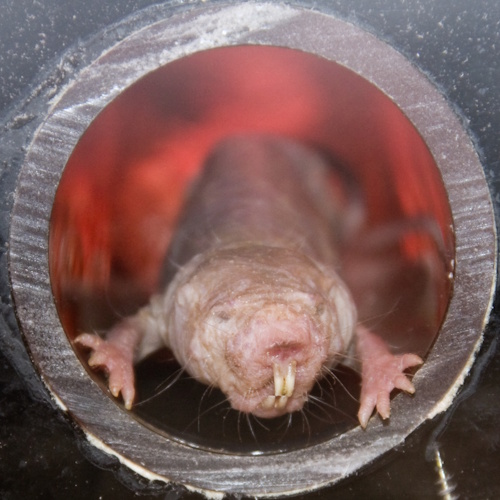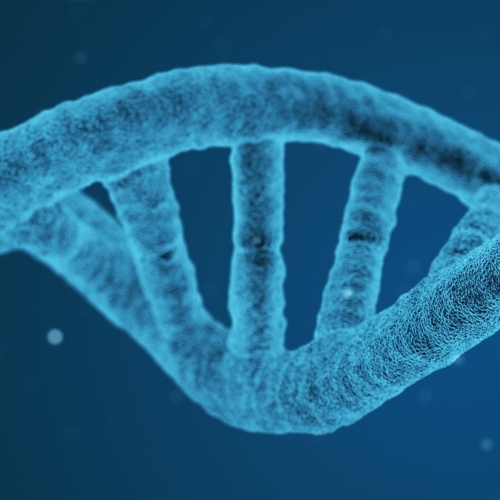Key points from article :
Scientists from Tongji University in Shanghai have discovered how the naked mole-rat—a small, wrinkled rodent famous for its exceptional longevity—maintains its health for decades. Their findings, published in Science, reveal that the animal’s secret lies in a unique form of DNA repair driven by a modified version of an enzyme called cGAS (cyclic guanosine monophosphate–adenosine monophosphate synthase). Unlike in humans, where cGAS actually inhibits DNA repair, the naked mole-rat’s version of the enzyme has four amino acid changes that allow it to repair DNA breaks efficiently, preventing genome instability and delaying cellular aging.
When scientists inserted this modified cGAS into human and mouse cells, the cells showed enhanced DNA repair and fewer signs of aging. Similarly, fruit flies engineered to carry the naked mole-rat enzyme lived about 25% longer than normal, and aging mice that received it appeared healthier, less frail, and even had fewer grey hairs compared to controls.
This discovery offers a potential blueprint for boosting human longevity by improving DNA repair mechanisms. However, the researchers caution that while these results are promising, DNA repair is just one piece of the aging puzzle—factors like inflammation and metabolic decline also play major roles. Still, the study opens an exciting path toward understanding how nature’s longest-lived mammals resist aging and how their biology might one day inspire new anti-aging therapies for humans.






